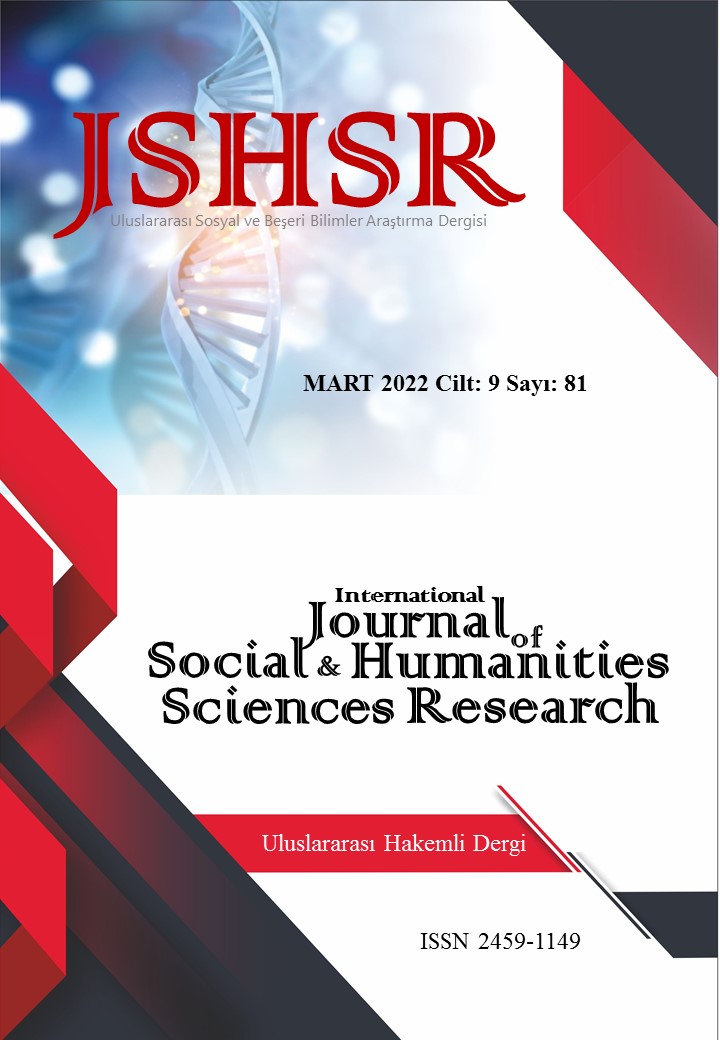THE ANALYSIS OF THE TURKISH TRANSLATION OF THE FIGURATIVE LANGUAGE IN THE NOVEL “THE THIEF AND THE DOGS” WRITTEN BY NEJIB MAHFUZ WITHIN THE AMBIT OF THE TRANSLATION THEORIES COINED BY NIDA, SCHLEIERMACHER, AND LEFEVERE
DOI:
https://doi.org/10.26450/jshsr.2974Keywords:
Dynamic Equivalence, Foreignization, DomesticationAbstract
In this study, the translation of the figurative language in the novel “The Thief and the Dogs” written by the Egyptian Nobel winner Nejib Mahfuz has been analyzed within the ambit of translation theories coined by western translation theorists. The fundamental argument of this research is the fact that in order for a translation criticism to be thoroughly academic it needs to have a solid theoretical framework. This essay has also argued the fact that a translation analysis lacking a theoretical framework will only be error hunting. The model of research of this study is a literature review. In this study qualitative research has been carried out rather than quantitative research. Moreover, this study has also argued the fact that in order for a translation analysis to be scientific it needs to be supported by theoretical explanations. In this study, the theories that constitute the theoretical framework of the analysis has been explained and a scientific translation analysis have been made respectively. The fundamental finding which is obtained in the conclusion of this research is the fact that the translator has adopted Schleiermacher’s theory of imitation in other words domestication in his translation.
Downloads
Published
How to Cite
Issue
Section
License
Copyright (c) 2022 INTERNATIONAL JOURNAL OF SOCIAL HUMANITIES SCIENCES RESEARCH

This work is licensed under a Creative Commons Attribution 4.0 International License.


